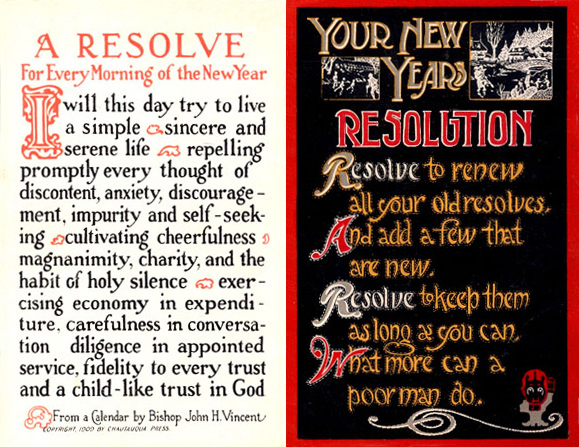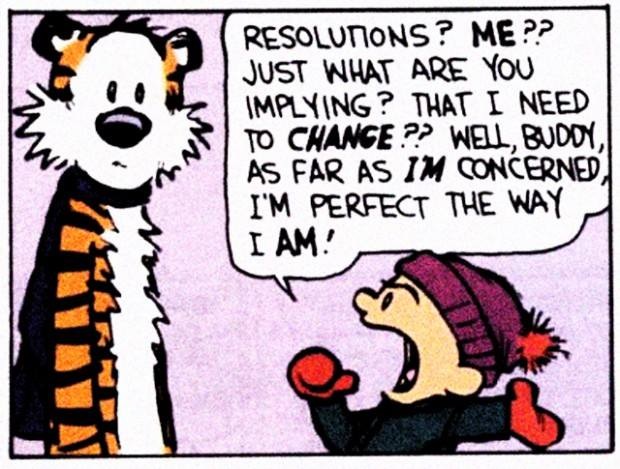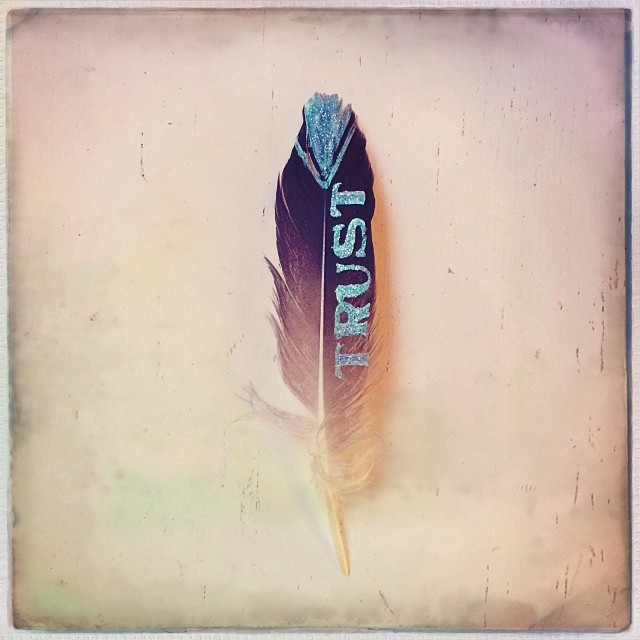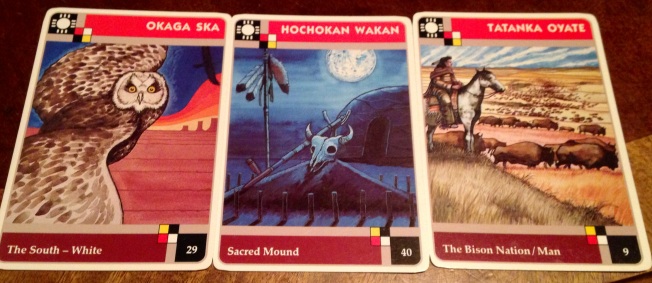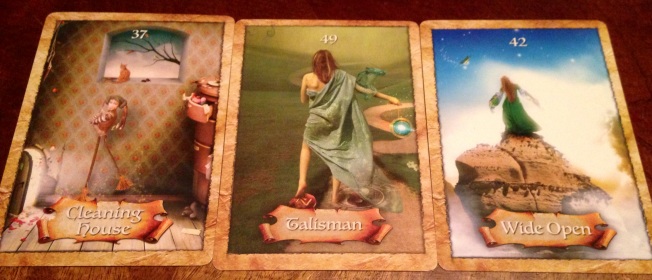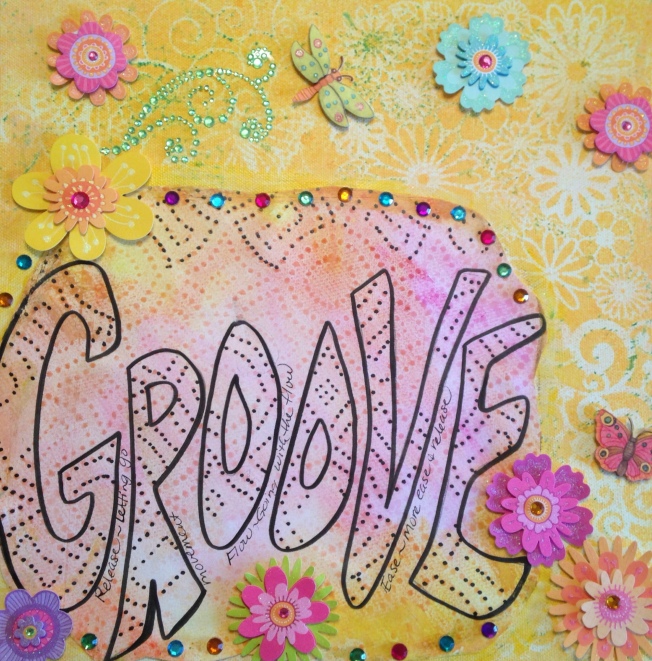Are you every plagued by creative anxiety? I know that I am at times transformed into Anxiety Woman. My anxiety levels have grown due to stresses at the day job last year, taking determined steps forward in pursuing the dream of getting published, as well as offering some of my art and photographs for purchase via Fine Art America.
My anxiety can also grow more pronounced if I am struggling with my writing or coming up with the right approach for my monthly article for Cosmic Cowgirls Magazine. If my deadline is looming, or has come and gone, then the anxiety really starts to squeeze me in its grips. Occasionally I wonder why I continue to put myself through it all, yet I know that creating artistically and writing are two of the key things that feed my soul and are positive things that I contribute to this world. Yet, there are still times where I fear that all my endeavors may be for naught.
I have also had unusually high day job stresses this past year.
I also know that there are things I can do, and could be doing more, to help relieve the anxiety and stress that is part of creating and living life. Sometimes I do those things, such as get plenty of sleep, eat well and exercise. Yet, if I get into a loop of being tired, not exercising regularly and I stress eat on top of it, then the cycle becomes quite vicious and I feel less healthy and unable to cope with the pressures. This pattern has been going on for several months now and went seeking some new inspiration. I found some in a book written by an author who has done extensive writing on the subject of creativity,
In the book Mastering Creative Anxiety: 24 Lessons for Writers, Painters, Musicians and Actors from America’s Foremost Creative Coach, author Eric Maisle, PhD shares insight from his many years as a psychotherapist and creative coach to tackle the subject of creative anxiety. Maisle begins right in the introduction by asking a series of questions.
Are you creating less often than you would like?
Are you avoiding your creative work altogether?
Do you procrastinate?
Do you resist getting to your work or marketing your work?
Do you have trouble deciding which creative project to tackle?
Do you find completing work hard?
He then shares that anxiety may be the culprit. He writes “Anxiety regularly stops creative people in their tracks and makes their experience of creating more painful than pleasurable. It stops would-be creative people entirely, preventing them from realizing their dreams. Anxiety is the number one problem that creative people face –and yet few even realize it.” Fortunately Maisle wrote his book with the intention of offering anxiety management techniques and strategies to help readers learn to manage their anxiety skillfully and realistically.
The book includes 24 chapters focused on different types of anxiety that may affect the creative person and process. Here is the comprehensive list of topics:
The Anxiety of…
Creating and Not Creating
Mattering and Not Mattering
Identity
Individuality
Choosing the Creative Life
Surviving
Day Jobs
Choosing
Compromising
Possibility
Working
Thinking
Ruining
Failing
Completing
Attaching and Caring
Ego Bruising
Performing
Selling
Promoting
Procrastinating
Waiting
Repeating
Success
Let me begin by sharing some excerpts from Chapter 1 – The Anxiety of Creating and Not Creating.
“Anxiety is part of the human condition. and it is a much larger part than most people realize. A great deal of what we do in life we do to reduct our experience of anxiety or to avoid anxiety altogether. Our very human defensiveness is one of the primary ways that we avoid experiencing anxiety. If something is about to make us anxious we deny it that it is happening, make ourselves sick so that we can concentrate on our sickness, get angry at our mate so as to have something else to focus on, and so on. We are very tricky creatures in this regard.
We are also very wonderful creatures who have it in us to create. Creativity is the word we use for our desire to make use of our inner resources, employ our imagination, knit together our thoughts and feelings into beautiful things such as songs, quilts, or novels, and feel like the hero of our own story. It is the way that we make manifest our potential, make us of our intelligence, and embrace what we love. When we create, we feel whole, useful, and devoted. Unfortunately, we often feel anxious as we create or contemplate creating. There are many reasons for this — the subject of our twenty-four lessons. We get anxious because we fear failing, because we fear disappointing ourselves, because the work can be extremely hard, because the marketplace may criticize us and reject us. We want to create, but we also don’t want to create so as to spare ourselves all this anxiety. That is the simple, profound dilemma that millions of people find themselves in.”
Here are some of the author’s initial thoughts on how to deal with creative anxiety:
“To create and to deal with all the anxiety that comes with creating, you must acknowledge and accept that anxiety is part of the process, demand of yourself that you will learn — and really practice! — anxiety management skills so that you can master the anxiety that arises, and get on with your creating and your anxiety management. It is too tragic not to create if creating is what you long to do, and there is no reason for you not to create if ‘all’ that is standing in the way is your quite human, very ordinary experience of anxiety. It is time to become an anxiety expert and get on with your creating!”
Eric Maisel then leads into special sections that appear in each chapter called Headline, To Do, Vow, Teaching Tale and Your Anxiety Mastery Menu. In the Headline the author boils the topic down into a concise focus. That is followed by the To Do in which he gives clear instructions on an action or actions to take. He then offers a Vowthat the reader can apply with a personal focus. The next to last section is the Teaching Tale in which a story illustrates the lesson of the chapter. The final section Your Anxiety Master Menu is where the author offers tools and reminders to really enacting changes that are anxiety reducers.
Let us review the Headline, To Do and Vow together for Chapter 1.
Chapter 1 – The Anxiety of Creating and Not Creating
Headline - ”Since both creating and not creating produce anxiety in anyone who wants to create, you might as well embrace the fact that anxiety will accompany you on your journey as a creative person — whether or not you are getting on with your work. Just embracing that reality will release a lot of the ambient anxiety that you feel. Since anxiety accompanies both states — creating and not creating — why not choose creating?”
To Do - ”Pic your next creative project or return to your current one with a new willingness to accept the reality of anxiety. To help reduce your experience of anxiety, remember to breathe deeply, speak positively to yourself, and affirm that your creative life matters to you. If some anxiety remains, create anyway!”
Vow - ”I will create, even if doing so provokes anxiety; and when it does, I will manage it through the use of the anxiety management skills and techniques I am learning and practicing.”
The author Eric Maisle, PhD, has truly comprehensively covered the topic of creative anxiety in this book. Here are some more insightful excerpts for you, along with some of his recommendations for handling the anxiety provoking situation.
Chapter 2 – The Anxiety of Mattering and Not Mattering
“The biggest challenge facing a creative person is keeping the belief firmly in place that what she is attempting matters to her. A creative person’s main challenge is therefore existential; she easily loses the sense that what she is doing matters, given how hard it is to do the work well, how difficult the marketplace feels, and all the rest.”
Headline – “Anxiety arises in us when we fear that our efforts do not matter, and it arises in us when we do the creative work that matters to us. Since anxiety will arise in either case, decide to do the work that matters to you, even if doing so provokes anxiety.”
To Do - “Opt to matter. This is a decision, not a given! Decide to be the hero of your own story and to prove the exception by doing your creative work, despite your doubts, anxieties, and life’s difficulties. Plan for your creative work, schedule your creative work into your daily routine (preferable first thing each morning), and do it despite your doubts about you, the marketplace, and the universe.”
Vow – “I matter, and my creative efforts matter.”
Chapter 3 – The Anxiety of Individuality
“Creativity is an expression of individuality, an expression of a person’s desire to manifest her potential, to speak in her own voice, to have her own opinions, and to do her own work. What distinguishes the creative person from other people is her felt sense of individuality. Many people are born conventional and find it easy to follow the crowd; only some people are born with a strong desire to assert their individuality.”
Headline – “When your sense of who you are does not match your sense of who you ought to be, you experience anxiety. Become the person you long to see in the mirror, and match your reality to your vision of your authentic self.”
To Do – “Actively become your best version of yourself by working on your personality. Begin by identifying the traits and qualities you want to shed and the traits and qualities you want to nurture. Choose one from each list, and make a plan for eliminating the one and increasing the other.”
Vow – “I will strip away all the personality bits that are not me, add the traits that I need, and create and stand behind my authentic self.”
Chapter 7 – The Anxiety of Day Jobs
“A day job is a job whose primary meaning — or only meaning — is that it allows you to survive while you work on your are and your art career. Some day jobs are satisfying in their own right, some are completely unsatisfying, some are more like second careers with their own perks and their own success ladder, and some are simple dead-end positions that go nowhere and aren’t meant to go anywhere. What they all have in common, to lesser but often to greater degrees, is that they provoke their own special anxieties.
 First of all, they are jobs, with all the pressures that jobs entail…Second there is the worry — the anxiety — that you will have to work day jobs for a much longer time than you ever imagined, maybe forever. You are banking on your creative efforts paying off, and the more it looks like you won’t be able to live on those creative efforts, the more the specter of day jobs remaining a central time-wasting, spirit-killing, mind-numbing part of your life grow. It is one thing to work a day job at age twenty-four while you write your first screenplay. It is quite another to work a day job at age forty-four as you struggle to fine the wherewithal to write your tenth screenplay after the first nine haven’t sold. Day job anxiety are inextricably connected. Your first day job will feel like a lark. Will your twentieth?”
First of all, they are jobs, with all the pressures that jobs entail…Second there is the worry — the anxiety — that you will have to work day jobs for a much longer time than you ever imagined, maybe forever. You are banking on your creative efforts paying off, and the more it looks like you won’t be able to live on those creative efforts, the more the specter of day jobs remaining a central time-wasting, spirit-killing, mind-numbing part of your life grow. It is one thing to work a day job at age twenty-four while you write your first screenplay. It is quite another to work a day job at age forty-four as you struggle to fine the wherewithal to write your tenth screenplay after the first nine haven’t sold. Day job anxiety are inextricably connected. Your first day job will feel like a lark. Will your twentieth?”
Headline - “Day jobs come with their own set of anxieties, from mean bosses to the experience of time being wasted. Get ready.
To Do – “Think through the following interrelated three-part conundrum: 1) Should I work a day job and do any art I like, even art I know is unlikely to sell, hoping against hope that what I create will in fact be wanted? 2) Should I work a day job but do art that I think is likely to sell, so as to increase my chances of one day being able to give up my day job? 3) Should I choose a second career rather than a string of day jobs? What are the pluses and minuses of each choice?”
Vow – “I will do my best to make sense of the role that day jobs play in my life — and if they must have a place, then I will effectively manage the anxiety that they invariable provoke.”
Chapter 11 – The Anxiety of Working
“Many different anxieties arise as we tackle our work. The three main reasons that we experience so much anxiety as we do our creative work are 1) that our self-talk tend to let us down rather than support us, providing us with anxious-making ideas such as ‘I ca’t possibly pull this off’ or ‘I have not idea what I’m doing’; 2) that we doubt the quality of our work as we measure it against the very high standards of the art we love and as we strive to make it excellent; and 3) that the very nature of the creative process causes our work to morph before out eyes and comes with no guarantees whatsoever. Our self-talk, our desire for excellence, and the process itself all make us anxious.”
Headline – “Creating makes us anxious. There are countless reasons for this, so many reasons that if we laid them all out they would stretch from wherever you find yourself to the door of your studio. Open that door anyway.”
To Do – Do you creative work, even if doing it makes you anxious. Do not avoid it; do not talk yourself out of it; do not desire the process to be different from what it is. Do the work directly in front of you; the work you want and ought to do.”
Vow – “I will do my creative work and forthrightly deal with any anxiety that arises.”
Chapter 14 – The Anxiety of Failing
“What fears are actually involved? That you will be proven to have insufficient talent, that you will learn that you can’t trust your instincts and your choices, that you will be forced to live that other ‘real job’ life, and that your heart will be broken as your dreams go up in smoke. No wonder you get anxious at the prospect of a project failing, and by extrapolation and implication, your entire creative life failing!”
Headline - “We hate failing, and our first line of defense against failing is not trying. Do not go this route. Rather, do your creative work and refuse to label any of your honest efforts as failures.”
To Do – “Really spend time with the cognitive idea of reframing. You want to have a serious discussion with yourself about how to reframe the concept of failure so that the possibility of failure is either eliminated or at the very least greatly reduced. This is not a linguistic game but you learning for yourself that, through lack of self-friendliness, you have misnamed certain events and called them failures when they were not.”
Vow – “I will do my work and not worry about failing. In fact, I think I may just banish the word failure from my vocabulary.”
 Chapter 18 – The Anxiety of Performing
Chapter 18 – The Anxiety of Performing
“Performance — which includes the act of coming to the blank page or the blank canvas, as well as standing up in front of an audience — is a classic anxiety producer. It is so potent an anxiety producer because it consists of a great many different fears: the fear of being seen as flawed, the fear of criticism, the fear of disappointing people, the fear of being in power, the fear of embarrassment and humiliation, the fear of imperfection, the fear of loss of control, and even more dramatic fears like the fear of loss of love and approval and the fear of annihilation. Performance anxiety is made up of such a long list of fears that it is no wonder so many people dread performing.”
Headline – “Performance anxiety, because it is made up of so many pressing fears, afflicts almost everyone. You can probably only avoid it by not performing: by not writing, by not painting, by not networking, by not getting up onstage. Your best bet is to accept that it is coming and to prepare yourself.”
To Do – “Make sure you have at least one or two anxiety management techniques in place to deal with performance anxiety. Two of the best in this regard are discharge techniques (such as silently screaming) and reorienting techniques (in which you move your attention away from the performance). Choose your techniques, practice them, and make sure they work by using them in performance situations.”
Vow – “I will perform, even though performing makes me anxious.”
Chapter 19 – The Anxiety of Selling
“This selling provokes anxiety. One way to deal with this anxiety is simply not to enter the fray. This might sound like ‘I paint for myself’ or ‘I’ll find someone else to do the selling’ or ‘I don’t care who reads my writing — I do it for the process.’ Some people do indeed create for themselves and do not need to enter the fray. But many people who say that they are creating only for themselves say that because the marketplace seems too daunting and anxiety provoking. You will have to decide what is true for you: if you decided not to enter the marketplace with your wares, is that because you are truly creating for yourself or because the marketplace feels too complex, hostile, and frightening?”
Headline – “Most creative people find that selling provokes anxiety. If you are in this large category, opt for dealing with the anxiety rather than avoiding the marketplace.”
To Do – “Go over your anxiety mastery menu and think through how each of the strategies might work in the context of reducing your selling anxiety. If one of two stand out as possibilities, practice them and begin to use them in your marketplace dealings.”
Vow – “If I intend to have a career in the arts, I will not let anxiety stop me from marketing energetically.”
Chapter 20 – The Anxiety of Promoting
“Life is indeed Darwinian. You may not personally feel that you are competing with another creative person, and in fact you may feel nothing but kinship for your brother and sister creators. But you and your creative products are nevertheless competing with every other creative person’s wares for the attention of buyers and for a foot in the marketplace. You know in your heart that self-promotion and product promotion are probably more important ingredients in the success of a song, novel, painting, or play that the quality of the product. This thought may sadden or anger you — but feeling upset won’t make this reality go away.”
Headline – “Promotional tasks such as being interviewed, speaking in front of audiences, and making pitches to potential partners make most people anxious. Get ready for these tasks and get ready for the accompanying anxiety.”
To Do – Picture yourself promoting yourself and your creative products. What do you see yourself doing? If you can’t get a clear picture, presume that anxiety is getting in the way. Use one of your anxiety-management tools to calm yourself, and then try again to visualize promoting yourself and your creative products. Continue with this exercise until you have a clear, distinct vision of you promoting.”
Vow – “I will promote what I create. That is how I advocate for me work and have a career. If some anxiety accompanies my promotion efforts, I will deal with it.”
Chapter 22 – The Anxiety of Waiting
“Creative people wait. We wait as we put our wares into the marketplace and wait for a literary agent, club owner, or gallery own to say yes. We wait as a project incubates — even as we are working on this story, we know that we are really waiting on that story, the one we truly want to write but that isn’t available to us yet. Even as we work to get it, we wait for our next acting opportunity, our next screenwriting opportunity, the next chance to get our symphony heart, the next chance to get our performance piece performed, the next change to get our installation installed. We are active, busy, maybe too busy — and also waiting, waiting, waiting.”
Headline – “Waiting is surprisingly taxing and produces more anxiety that you might imagine. Remember to keep busy, get a grip on your mind, and deal with the anxiety that remains.”
To Do – “Sit down and describe for yourself what tactics you will use whenever you find yourself waiting, whether for a job opportunity, a response from a marketplace player, or an idea to arrive. List the different sorts of waiting you will have to endure, what you will do in each case, and what anxiety-management tool you will employ in case anxiety wells up as you wait.”
Vow - “I acknowledge the reality that waiting is a regular feature of the creative process and the creative life, and I will learn ways to make waiting less oppressive and nerve-racking.”
What are your thoughts and experiences with creative anxiety?
Are there any in particular that are more potent than others?
Have you developed skills and techniques to deal with anxiety in your life?
If the topic of creative anxiety is one you wish to explore further I recommend getting your own copy of the bookMastering Creative Anxiety. This post has shared just a small amount of the valuable ideas and techniques that the author covers.
 About the author -
About the author -
“Eric Maisel, PhD, is the author of over forty book and widely regarded as American’s foremost creativity coach. He trains creativity coaches nationally and internationally and provides core training for the Creativity Coaching Association. Eric is a columnist for Art Calendarmagazine and is currently building the fields of meaning coaching and existential cognitive-behavioral therapy (ECBT). His books includeCoaching the Artist Within, Creative Recovery, Fearless Creating, The Van Gogh Blues, and a score of others. He lives in the San Francisco Bay Area with his family.”




